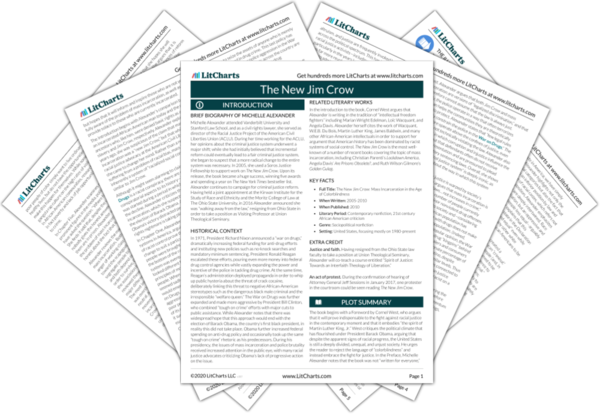Ronald Reagan was a well-known actor who in 1980 was elected the 40th President of the United States, after having first served as Governor of California. A Republican, Reagan instituted an economic policy based on reducing taxes, regulation, and government spending (nicknamed “Reaganomics”). Although President Richard Nixon was the first to use the phrase “War on Drugs” and initiate some of its key policies, it is Reagan who is most closely associated with the drug war. Although conventional wisdom holds that Reagan ramped up anti-drug efforts in response to the crack epidemic, in The New Jim Crow Alexander suggests that the drug war actually preceded the rise in popularity of crack, and that the Reagan administration in fact deliberately increased public hysteria about the threat of crack in order to build support for militant policing and mass incarceration. Reagan’s political legacy is controversial; highly popular among conservatives, he is also widely associated with civil rights infringements, a steep decline in social welfare, and the reversal of racial progress.
